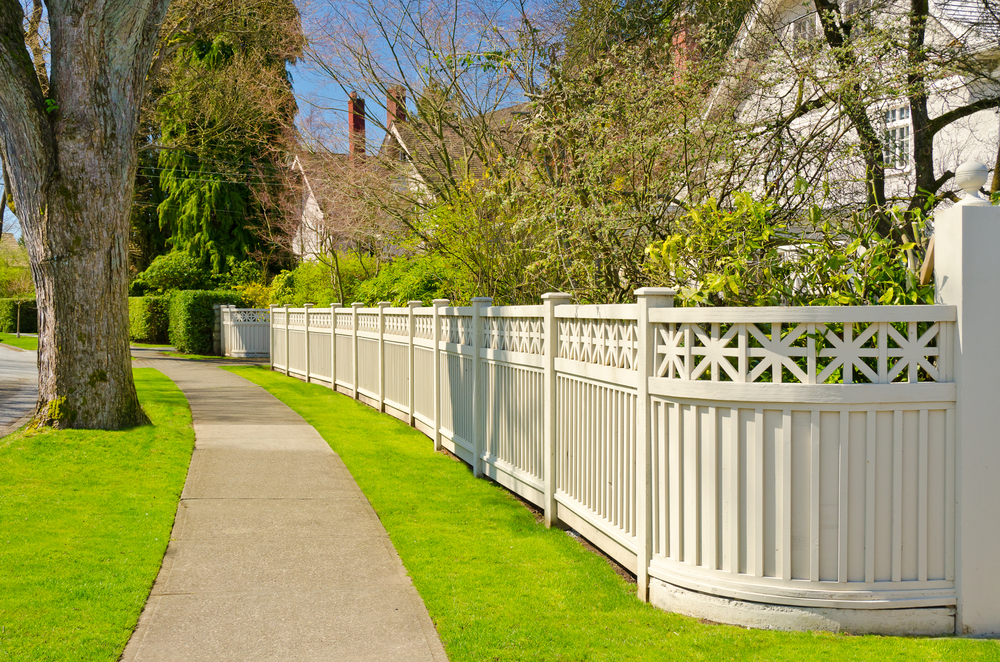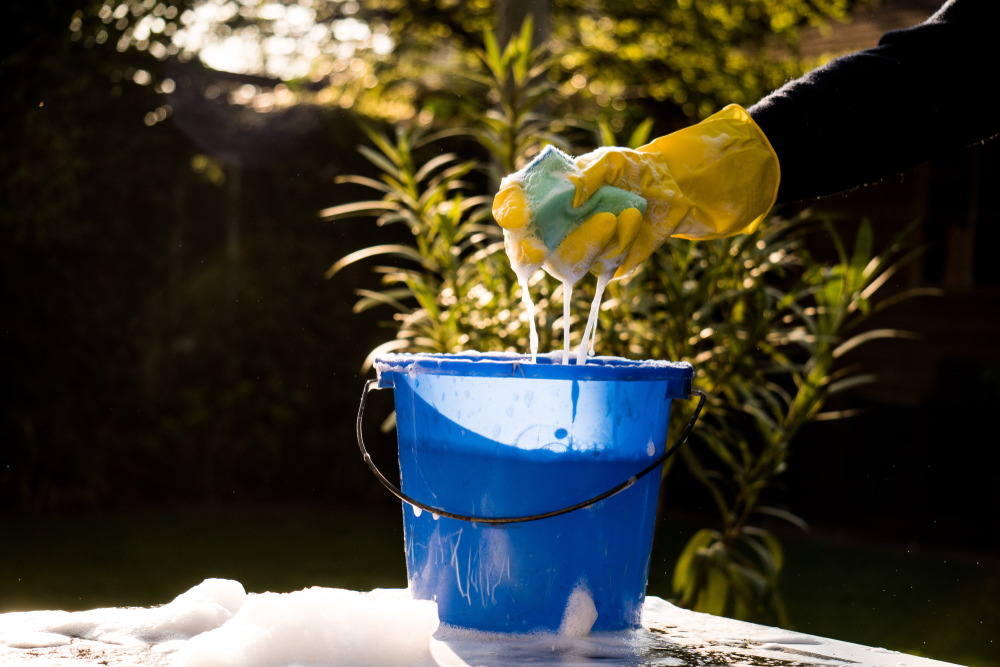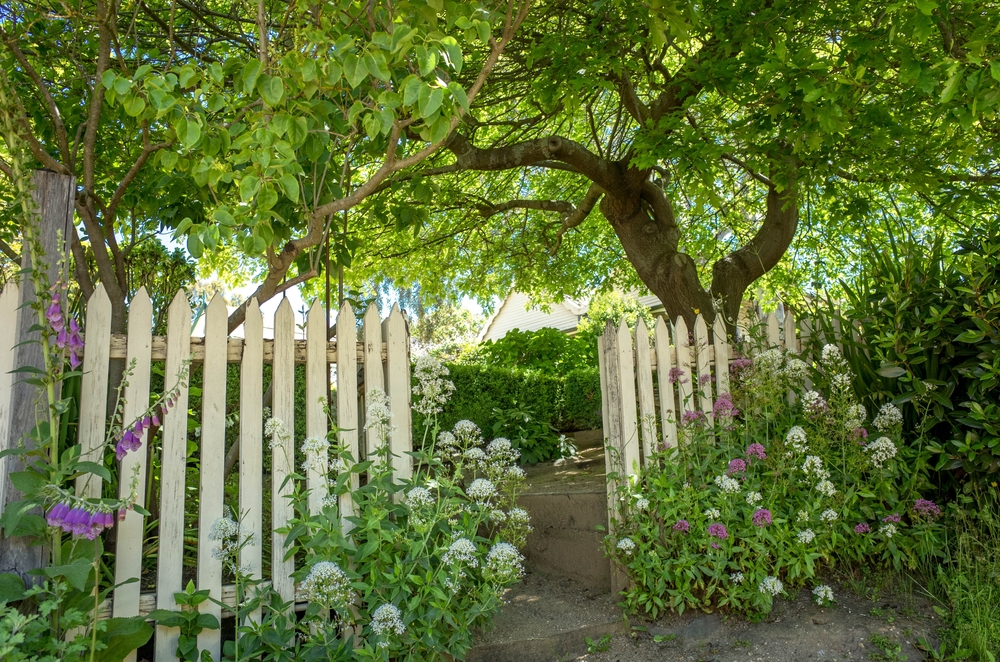Vinyl fences can turn yellow over time due to a variety of factors, and the yellowing is typically caused by environmental exposure and the aging process of the vinyl material. Here are some common reasons why vinyl fences may develop a yellowish tint:
- Sunlight and UV Exposure: Prolonged exposure to sunlight and ultraviolet (UV) rays can cause vinyl to gradually fade and yellow. This effect is more common in regions with intense sunlight and high UV radiation. The yellowing is often a result of the breakdown of certain additives in the vinyl that provide UV resistance.
- Weathering: Vinyl fences are exposed to various weather conditions, including rain, humidity, temperature fluctuations, and wind. Over time, these environmental factors can contribute to the yellowing and overall weathering of the vinyl surface.
- Pollution and Airborne Contaminants: Airborne pollutants, including dust, dirt, pollen, and chemicals, can settle on the surface of the vinyl fence. These contaminants can contribute to discoloration and yellowing over time.
- Mold and Mildew Growth: Mold and mildew can develop on the surface of a vinyl fence, especially in areas with high humidity and moisture. As mold and mildew colonies grow, they can cause discoloration, including yellow or greenish stains.
- Stains: Various substances, such as rust, hard water stains, or organic matter, can come into contact with the vinyl fence and leave behind stains that may appear yellowish.
- Oxidation: Vinyl materials can undergo a natural oxidation process over time, which may result in changes in color and surface appearance.
- Lack of Cleaning and Maintenance: Failure to clean and maintain the vinyl fence regularly can allow dirt, grime, and contaminants to accumulate, potentially accelerating the yellowing process.
To prevent or mitigate yellowing and discoloration of your vinyl fence, consider the following maintenance tips:
- Clean the fence regularly with a mild soap and water solution to remove dirt and contaminants.
- Avoid using harsh chemicals or abrasive cleaners, as they can damage the vinyl surface.
- Rinse the fence thoroughly after cleaning to remove all soap residue.
- Trim vegetation and trees that may cast shadows or create conditions conducive to mold and mildew growth.
- Apply a vinyl-safe UV protectant or vinyl rejuvenator to help shield the fence from UV damage and fading.
Some level of color change and fading is normal for vinyl fences over time due to environmental exposure. While proper maintenance can help slow down the yellowing process, complete prevention of color changes in vinyl fencing may not be possible in the long term.




